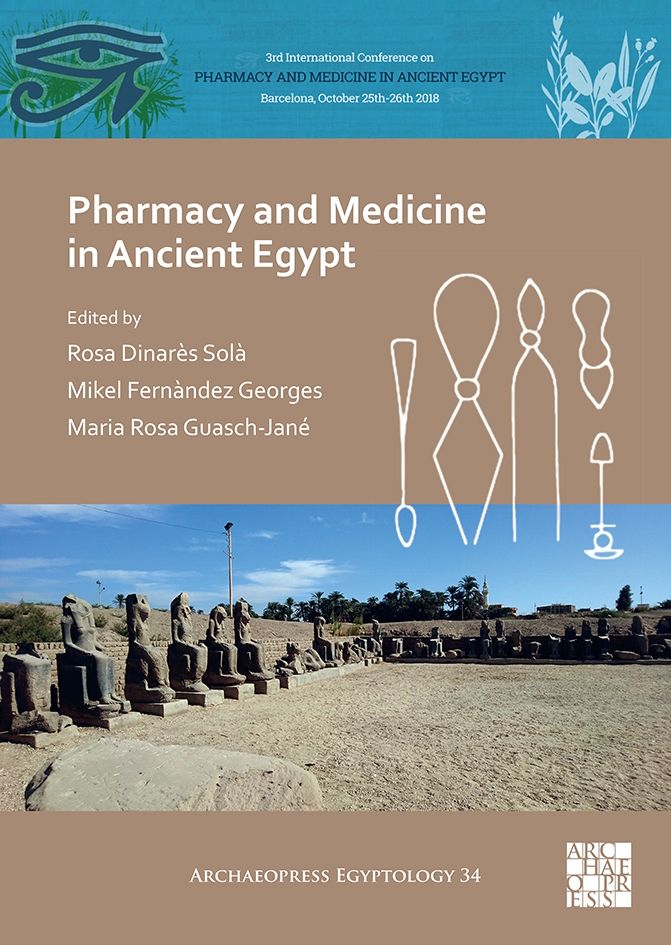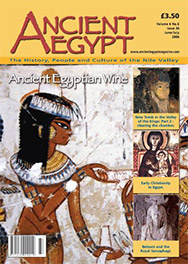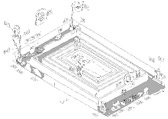Publications
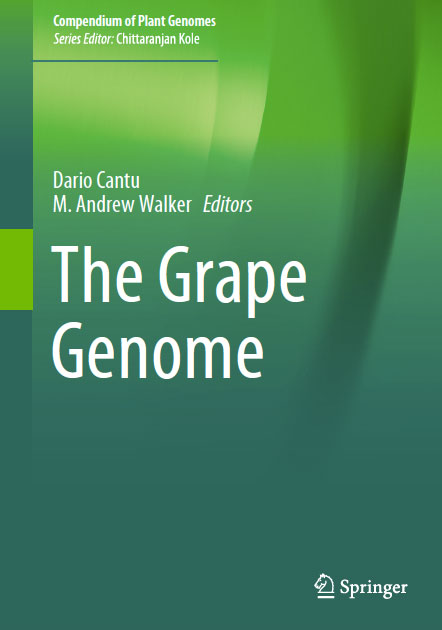 Guasch-Jané M.R. (2019) Grape Archaeology and Ancient DNA Sequencing. In: Cantu D., Walker M. (eds) The Grape Genome. Compendium of Plant Genomes. Springer, Cham. https://doi.org/10.1007/978-3-030-18601-2_4
Guasch-Jané M.R. (2019) Grape Archaeology and Ancient DNA Sequencing. In: Cantu D., Walker M. (eds) The Grape Genome. Compendium of Plant Genomes. Springer, Cham. https://doi.org/10.1007/978-3-030-18601-2_4
Abstract The cultivation and domestication of the grape appears to have occurred between 7000 and 4000 BC. The archaeological and historical evidences suggest that the domestication of the grapevine took place in the Near East. Nevertheless, whether a single origin or secondary independent grapevine domestications occurred and where they happened remains so far unanswered. Wine has had an important role in religious rituals since Antiquity. In mythology and theology, wine was symbolic of the power to revitalize and rebirth. In Ancient Egypt, wine was daily served to the gods by the Pharaoh and the priests in ritual ceremonies in the Egyptian temples. In daily life, wine was an enjoyable drink consumed by the elite in festivals, banquets and funerals. Further, the grape was one of the most important fruits in the Classical Mediterranean civilizations and grapevines and the wine were widely spread through trade sea routes. This chapter presents an overview of the archaeological evidence for wine culture in the ancient Near East, Egypt and the Mediterranean region. It also presents a discussion of the chemical and morphological research methods and paleogenomic analyses and discussion that have been applied to ancient grape and plant material.
Keywords: Ancient DNA, Amphora, DNA preservation, Grape domestication, Wine archaeology.
DOI https://doi.org/10.1007/978-3-030-18601-2_4
Print ISBN978-3-030-18600-5
Online ISBN978-3-030-18601-2
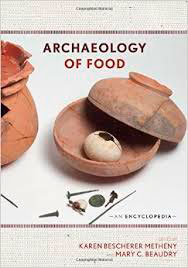 Guasch-Jané, Maria Rosa ‘Wine’: 548-551, The Archaeology of Food: An Encyclopedia, 2015.
Guasch-Jané, Maria Rosa ‘Wine’: 548-551, The Archaeology of Food: An Encyclopedia, 2015.
Entry on wine in The Archaeology of Food: An Encyclopedia. First reference work on the study of food and foodways through archaeology.
Editors: Karen Metheny, Mary C. Beaudry, Archaeology Department, College of Arts and Sciences, Boston University (US).
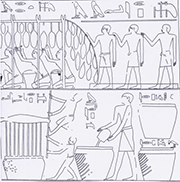 Fonseca S., Ibrahim M.
Fonseca S., Ibrahim M.
Actas Jovens em Investigação Arqueológica (JIA 2011), volumen 1(2012): 17-22.
ABSTRACT: The Complete Study of Viticulture and Oenology in the Egyptian Tombs project, Irep en Kemet, Wine of Ancient Egypt, is a three-year scientific research project from the Universidade Nova de Lisboa, under direction of Dra. Maria Rosa Guasch Jané, and funded by the Fundaçao para a Ciencia e a Tecnologia (FCT) in Portugal.
Guasch-Jané, M.R., Fonseca, S., Ibrahim, M.
ISPRS Annals of the Photogrammetry, Remote Sensing and Spatial Information Sciences, Volume II-5/W1 (2013): 157-161.
XXIV International CIPA Symposium, 2 – 6 September 2013, Strasbourg, France.
Guasch-Jané M.R., Fonseca S., Ibrahim M.
Proceedings of the Fourth International Conference (Euromed 2012) on Cultural Heritage and Digital Libraries, Amathus (Cyprus), October 29th-November 3rd 2012, International Journal of Heritage in the Digital Area Supplement 1, 1 (2012): 181-186. ISBN 2047-4970 (Print), Multi-Science Publisher, UK.
Guasch Jané, Maria Rosa
Actas IV Congreso Ibérico de Egiptologia, Lisboa (Portugal) 13-17 Setembro 2010. Novos trabalhos de Egiptologia Ibérica, volumen I (2012): 523-533.
RESUMEN: Más de veinte ánforas de vino junto con diversos tipos de alimentos fueron encontradas en el anexo de la tumba de Tutankhamon, descubierta intacta por Howard Carter en 1922, en el Valle de los Reyes (KV62) en Tebas.
Antiquity 85 (2011): 851-858.
ABSTRACT: Three wine jars in Tutankhamun’s fabulously preserved burial chamber had been opened and placed east, west and south of the sarcophagus. By means of inscriptions, endorsed by residue analysis, the author distinguishes the contents as red wine, white wine and a high quality fortified wine, and goes on argue for specific symbolic meanings for these choices in the context of religious change after Akhenaten.
Guasch, Maria Rosa
Proceedings of the Third International Congress for Young Egyptologists: Commerce and Economy in Ancient Egypt, Budapest (Hungary), September 25-27 2009. Edited by: A. Hudecz and M. Petrik.
British Archaeological Reports (BAR) International Series 2131 (2010): 57-63. Oxford: Archaeopress (ISBN 9781407306728).
ABSTRACT: This paper presents an investigation aiming to determine the importance of the data inscribed on the wine-jars bearing on the source, quality and prestige of wines in ancient Egypt. The inscriptions on the wine-jars will be compared with the labels of modern wines to determine common characteristics.
Guasch Jané, Maria Rosa
British Archaeological Reports (BAR) International Series 1851 (2008). 72 pp. Oxford: Archaeopress (ISBN 9781407303383).
Book, Doctoral thesis (PhD) Dissertation.
ABSTRACT: Wine is a beverage that belongs to the Mediterranean culture. A study of the origins of wine shows how deep vineyards are rooted in this area from West to East and since antiquity. The oldest and most extensive documentation about viticulture and winemaking comes from Egypt. Vineyards have been grown in the Nile Delta for five thousand years.
Guasch-Jané M.R., Andrés-Lacueva C., Jáuregui O., Lamuela-Raventós, R.M.
Journal of Archaeological Science 33 (2006): 98-101.
ABSTRACT: Ancient Egyptians were buried with the most precious food and drink as sustenance for their afterlife. One of these was Shedeh, the most valued and appreciated beverage in ancient Egypt. The botanic origin of Shedeh remains unclear as no mention of its raw material has survived.
Guasch-Jané M.R., Andrés Lacueva C., Jáuregui O., Lamuela-Raventós R.M.
Journal of Archaeological Science 33 (2006): 98-101.
ABSTRACT: Wine has been considered to be mainly red in ancient Egypt linked with the blood of Osiris, the God of resurrection. No text that refers to white wines from the Dynastic Period (3150-332 BC) exists. The first white wine from ancient Egypt was made near Alexandria during the third century AD.
Guasch i Jané, Maria Rosa
Tesi doctoral. Universitat de Barcelona 2005 (21/09/05). ISBN 8469002848.
RESUM: La documentació més antiga i extensa sobre la viticultura i l'elaboració del vi prové d'Egipte, on des de fa sis mil anys la vinya ja es cultivava al Delta del Nil. Malgrat això, el seu estudi històric i arqueològic encara presenta aspectes desconeguts. Amb el desenvolupament de les tècniques analítiques, tenim les eines per intentar conèixer les llacunes d'una part de la cultura de la civilització mediterrània més antiga: la cultura del vi a l'antic Egipte.

